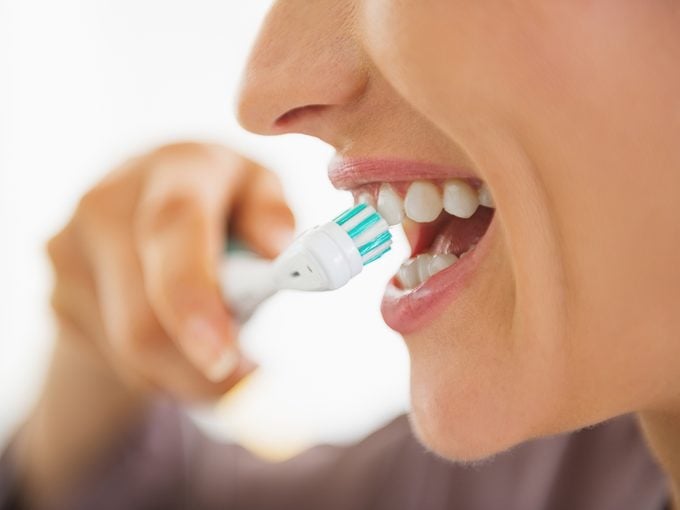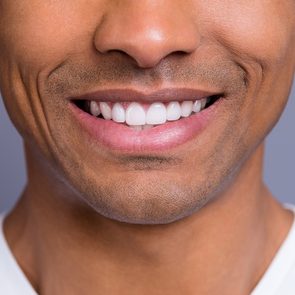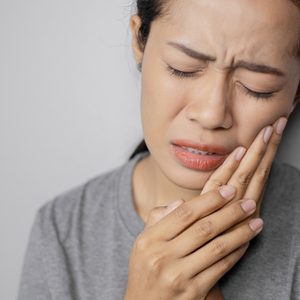How to Choose the Best Toothbrush For You
These days, shopping for a toothbrush can feel like standing in a car showroom—sleek models, new styles and power options. Here, Canadian dentists reveal the features you should be looking for.

Finding the Best Toothbrush
To find the best toothbrush among the overwhelming options on the drugstore shelf, start with the bristles. The designs—flat, rippled, dome-shaped, and more—come down to personal choice. But most dental professionals recommend soft brushes, which work best for removing plaque and debris, and are less harsh on your teeth and gums.
There are also alternatives for brush heads (e.g. rectangular or tapered) and handles (e.g. different grips and flexible necks). Again, it’s a matter of preference. At the end of the day, the best toothbrush is one that feels comfortable and whose head is small enough to reach all areas of your mouth, right to the back teeth. “If the head is too big, it’s hard to manipulate,” says Euan Swan, manager of dental programs for the Canadian Dental Association.
For people with orthodontic appliances and other dental work, specialty tools can clean hard-to-reach places and get under bridgework, augmenting regular brushing. (Talk to your dentist or dental hygienist.) Other brushes can wrap around braces, but what’s most important is cleaning thoroughly and getting between the braces and the gum line, says Dr. Bob Cram, an orthodontist in Red Deer, Alberta, and past-president of the Canadian Association of Orthodontists.
“Don’t get hung up on the design—just get in there and scrub,” says Cram.
Manual vs. Electric: Which is the Best Toothbrush?
Should you power up? Power brushes can make for a less labour-intensive and more consistent brushing motion, and allow for oscillation and rotation that you simply can’t perform with your own hand, notes Dr. Maryam Adibfar, a Toronto dentist. These brushes can also be ideal for people who, due to a disability or limited manual dexterity, have trouble handling a manual brush.
Do power brushes work better than manual brushes? Adibfar swears by them, but to use an analogy, consider a poor golfer who buys a fancy driver. Chances are, the ball still ends up in the woods. Whatever the features—power or manual, bristle or handle design, timers or sensors—what matters most is technique. Spend two to three minutes at it, use a gentle, circular motion, and clean every surface of every tooth.
“If you take the time and brush properly,” says Swan, “any brush will get the job done.”
Now that you know how to find the best toothbrush for you, find out how often you should be replacing your toothbrush.






